A world record followed by a world premiere
A new world record for acceleration, a timber roof built by construction robots, and a unique competition for people with disabilities: in 2016, research and campus life at ETH Zurich were dominated by innovation and premieres.
With 12 select highlights, the editorial team at ETH News looks back on an eventful year and bids its readers farewell for the Christmas break. We look forward to bringing you more daily news from ETH as of 2 January 2017. Merry Christmas and a Happy New Year!
January
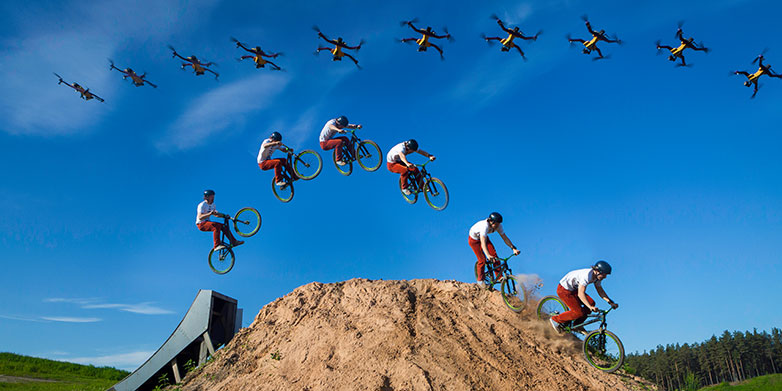
At the beginning of the year, doctoral student in computer science Lorenz Meier achieved overwhelming success with his PX4 software. The ETH doctoral student was primarily responsible for developing the program, which was adopted as the gold standard for drone piloting by major electronics manufacturer Qualcomm Technologies.
February
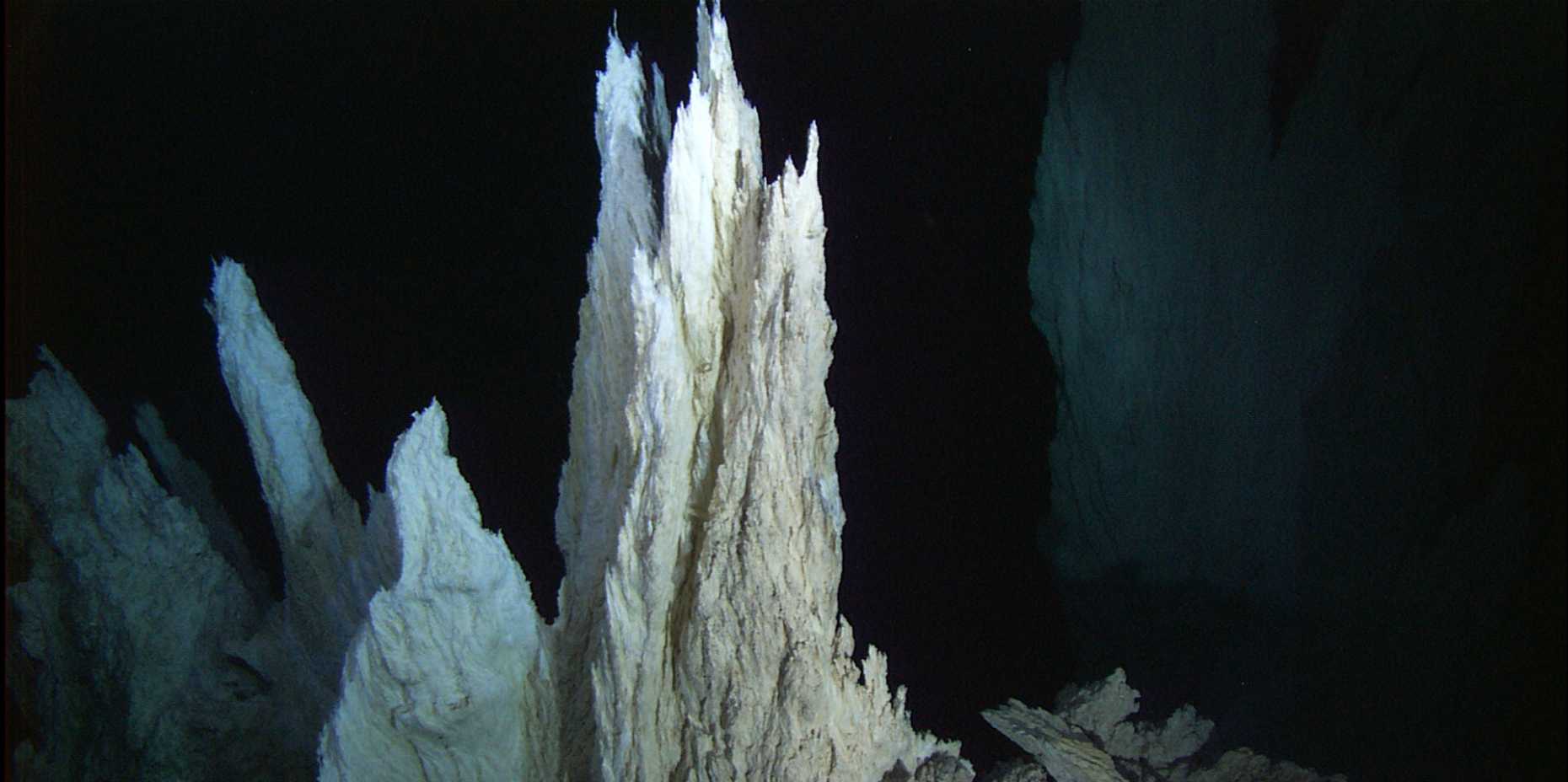
In February, an international oceanic expedition to the Mid-Atlantic Ridge, co-led by ETH, returned to dry land with a scientific sensation on board. When the team analysed mantle rocks in core samples taken from the seabed in the Lost City hydrothermal field, they discovered signs of life.
March
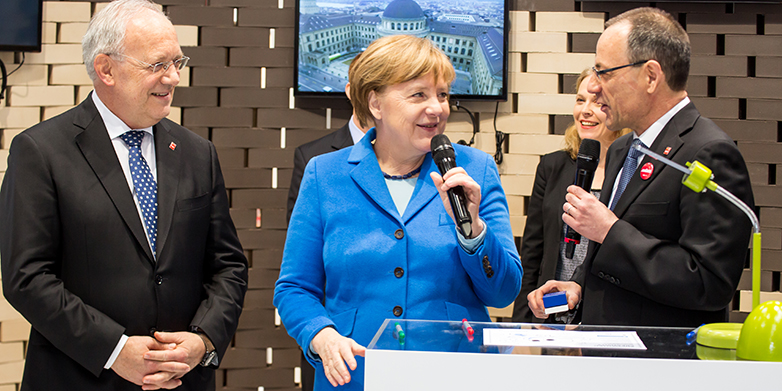
At this year’s CeBIT, ETH President Lino Guzzella received some high-profile political visitors to the ETH Zurich stand. German Chancellor Angela Merkel and Swiss President Johann Schneider-Ammann came to see some examples of current ETH research and had the chance to try them out for themselves.
April
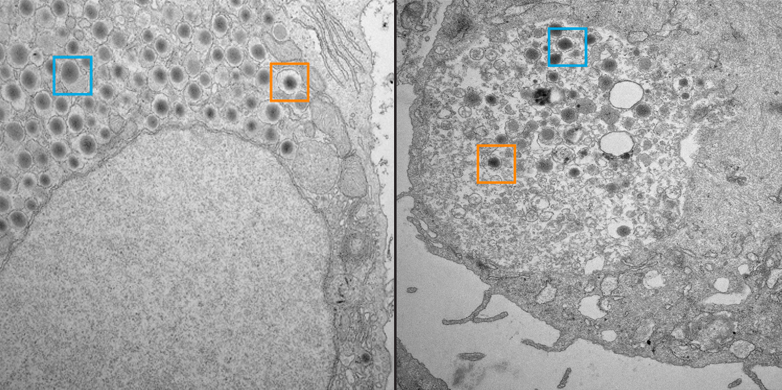
ETH Zurich’s Department of Biosystems Science and Engineering in Basel made a significant breakthrough in the fight against diabetes: using a synthetic genetic program, a research group was able to instruct stem cells from fatty tissue to mature into cells that are almost identical to natural beta cells.
May
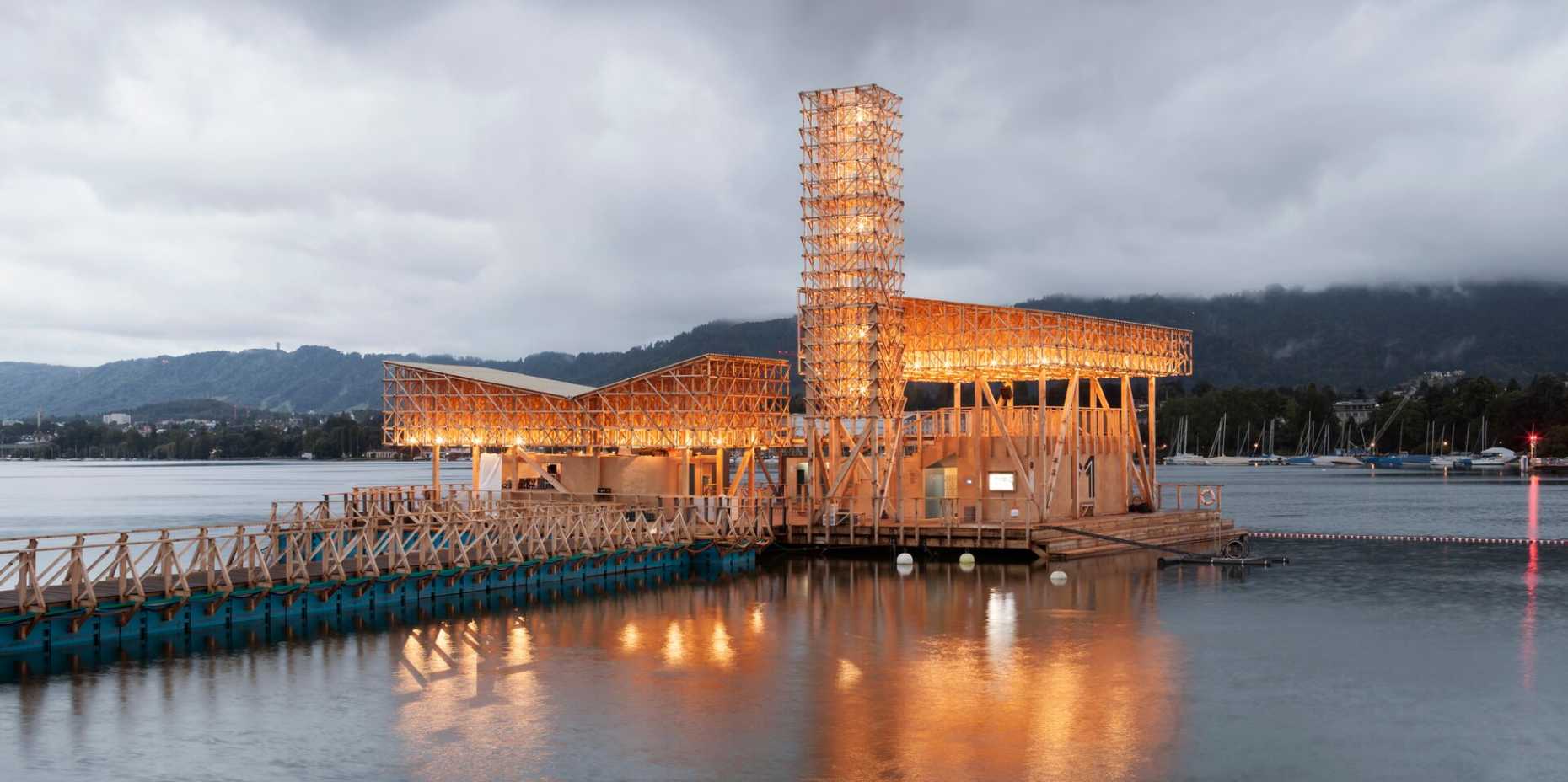
In May, everyone’s attention was focussed on a major ETH project on Lake Zurich consisting of 150 tonnes of wood and steel. For 100 days, the Pavilion of Reflections acted as a nucleus and focal point for the thousands of visitors to the Manifesta 11 European Biennial of Contemporary Art in Zurich.
June

ETH Zurich rang in the start of summer with a new world record: on 22 June the grimsel electric racing car, which was developed by students at ETH Zurich and the Lucerne University of Applied Sciences and Arts, broke the previous world record for acceleration by an electric car.
July
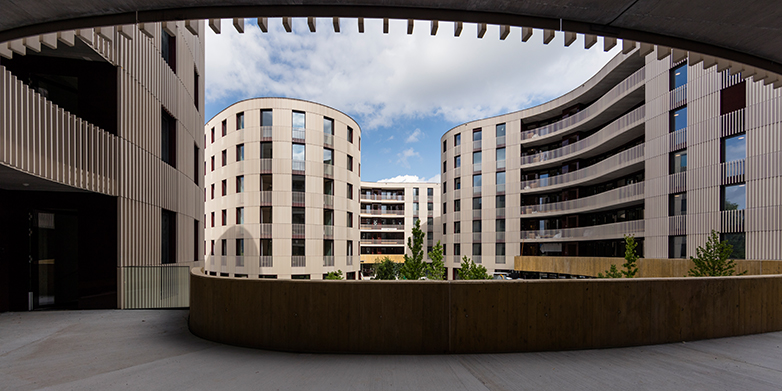
After around two years in construction, the student residences on the Hönggerberg were completed in July, transforming the ETH campus into a place to live as well as a site of teaching and research.
August
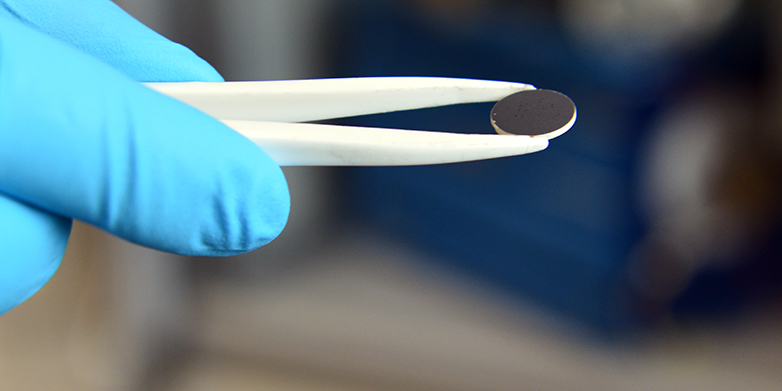
While the media was teeming with reports of exploding smartphone batteries, ETH researchers succeeded in developing a new lithium-ion battery with a high level of safety. As the battery contains neither liquids nor gels, it cannot ignite even at high temperatures.
September
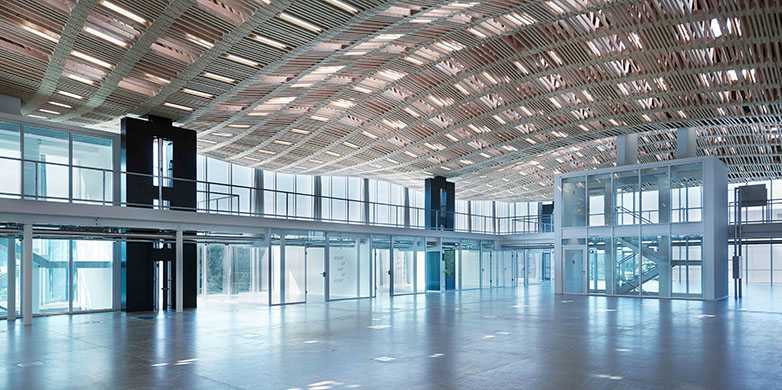
In addition to its new student residences, the Hönggerberg campus also saw the official opening of another building, the Arch_Tec_Lab. Six ETH Zurich chairs were involved in the construction and planning. The new building, whose timber roof was fabricated by a construction robot, serves as a research laboratory for the future of construction.
October

October was marked by a world premiere as ETH Zurich organised the first ever Cybathlon. Some 4,600 spectators packed into the sold-out SWISS Arena in Kloten to cheer on the 66 international teams taking part in a unique competition with the aid of assistive technologies.
November
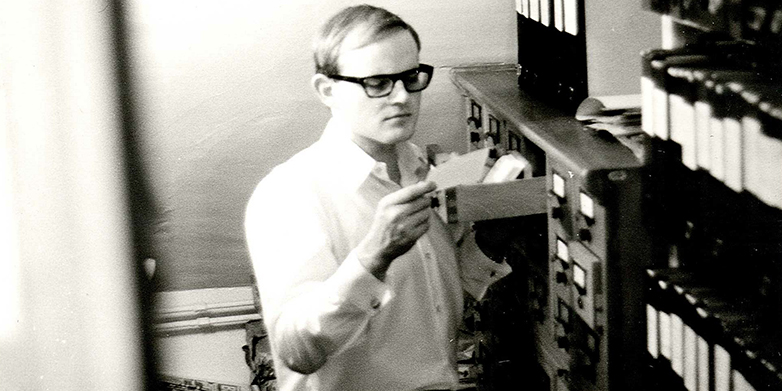
In November, ETH Zurich’s Archives of Contemporary History looked back on their 50-year history. The distinguished Swiss archives used this special anniversary as an opportunity for a retrospective and a glimpse into the digital future.
December
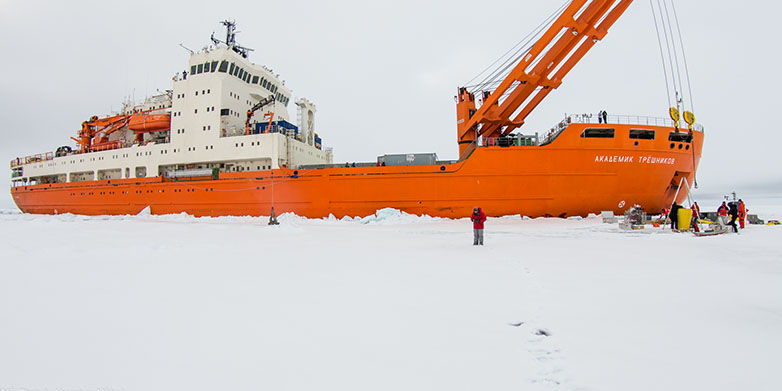
A research vessel from the Swiss Polar Institute had set sail from Bremerhaven in November on course for Cape Town. On board for the mission: a research team from ETH Zurich. Now, in December, the crew has embarked on a three-month expedition that will see them circumnavigate the South Pole. The participating ETH researchers will continue to report from the icy cold of the Pole on the Zukunftsblog in the new year.
Comments
No comments yet